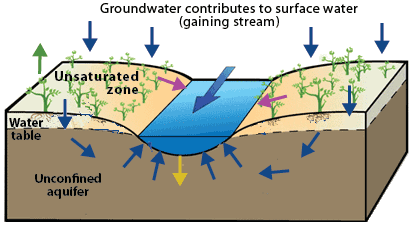
Here and there she discovered dozens of disconnected puddles, each teeming with coho salmon only a few weeks old and no bigger than the palm of her hand. She wandered up the wide, dry gravel riverbed lined with second-growth evergreen trees. “And I thought, ‘Oh, gosh, look, the river is really low.’” Bernhardt climbed out of her rowboat to investigate. I don’t know what the dogs are looking at,” she says, her laughter deep and boisterous, even over the phone. They were on their way to check out “an eagle’s nest that we always look at. Bernhardt, a retired veterinarian, had her two dogs, Ellie and Cody, with her. It was the first day of May 2019, and the spring had been unseasonably warm. At this point, all the average person can do is cry me a river.This story is part of Covering Climate Now, a global journalism collaboration strengthening coverage of the climate story.īrenda Bernhardt was rowing in a lake near her home on Vancouver Island in British Columbia when she paused at the mouth of the Robertson River, noticing that it had run dry. The major disruptions to grain, fertilizer, oil, and coal supply chains are likely to be felt by consumers - possibly exacerbating existing inflationary forces. Less than an inch of rain is expected in the region over the next week, Accuweather meteorologist Brandon Buckingham told Bloomberg.


It's responsible for much of the food found on American dinner plates, producing over 90% of the country's agricultural exports. It's easy to see how the river basin earned another one of its nicknames: body of a nation.

For the time being at least, the Mighty Mississippi has lost its might. The Mississippi River, the most vital waterway for exports of crops and other goods, is facing its lowest water levels since the late 1980s, as detailed in a Bloomberg report published on Thursday.
#WHEN THE RIVER RUNS DRY MEANING FREE#
It's completely free and we guarantee you'll learn something new every day.ĭry spells in California and the southwest get the most media attention, but the most consequential drought in the US may be some 1,600 miles inland. For more crisp and insightful business and economic news, subscribe to


 0 kommentar(er)
0 kommentar(er)
